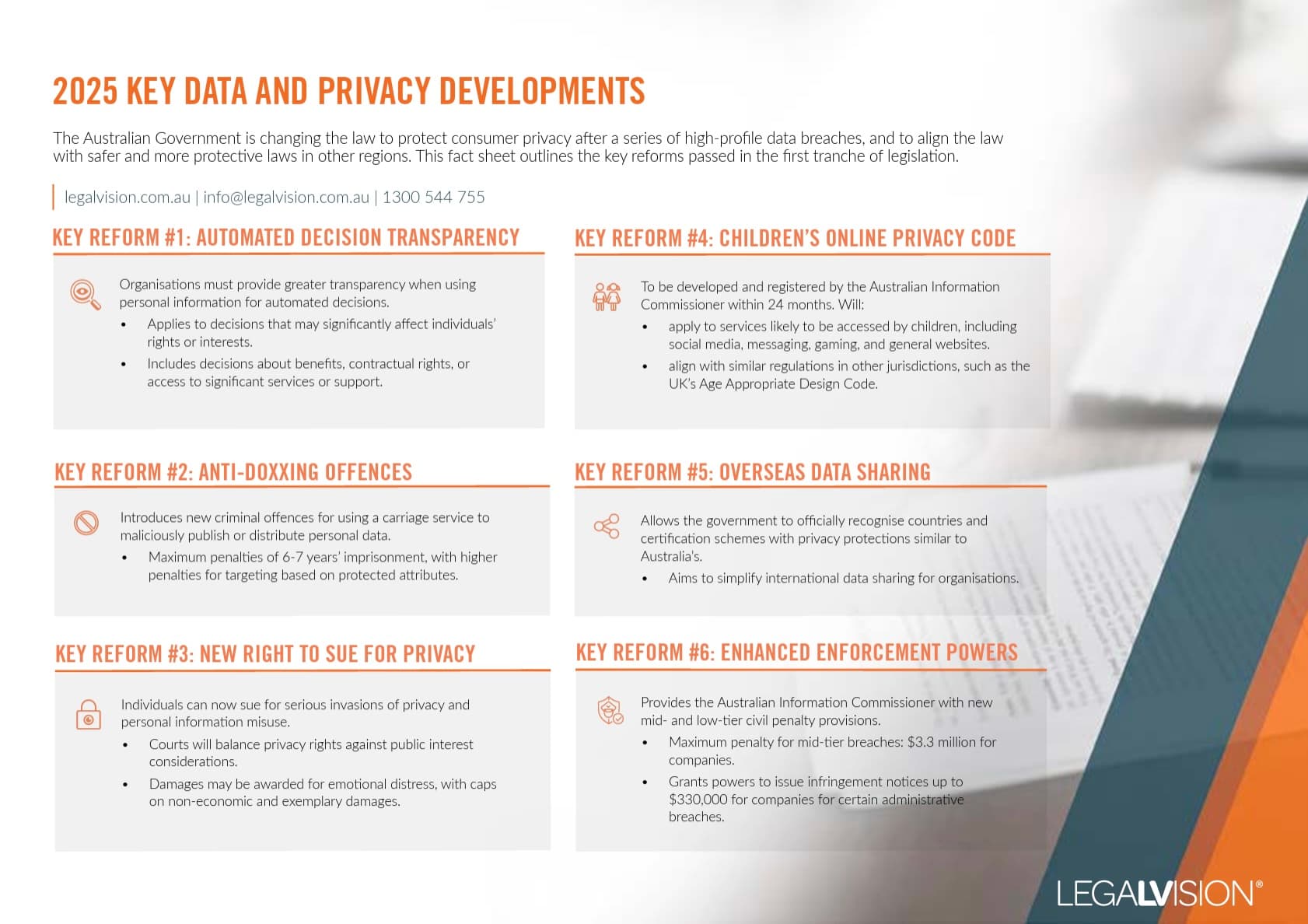Amid the rapid expansion of telehealth practices, the latest Australian Health Practitioner Regulation Agency (AHPRA) guidelines aim to bridge the divide between online prescribing business models and sound medical practice, fostering a safer and more accountable digital healthcare landscape. The Guidelines: Telehealth Consultations With Patients (Guidelines) establish clear obligations for medical practitioners engaging in telehealth consultations. They also define the appropriate circumstances under which practitioners can deliver telehealth. This article explains AHPRA’s newest guidelines and what your business needs to know to comply with the Guidelines.
Who Do the Guidelines Apply To?
The Guidelines apply to medical practitioners providing telehealth services.
What is ‘Telehealth’?
AHPRA considers telehealth to be consultations utilising technology as an alternative to in-person consultations between a patient and a medical practitioner. Telehealth consultations include:
- video, internet or telephone consultations;
- transmitting digital images or data; and
- prescribing medications.
Telehealth consults with medical practitioners can be used to provide:
- triage;
- diagnosis;
- prescription;
- treatment; and
- preventive health services.
What is Not ‘Telehealth’?
The Guidelines also provide a list of health services not considered ‘telehealth’ and thus not subject to the Guidelines. These include:
- the use of technology during an in-person consultation;
- when one doctor provides an opinion to another;
- remote patient monitoring; or
- tele-education.
AHPRA recognises the effectiveness of telehealth and supports its safe and responsible use. However, the Guidelines clarify that telehealth is inappropriate for all medical consultations and should not be a routine substitute for in-person consultations.

This factsheet outlines the Australian Government’s strengthened consumer privacy laws in 2025 following major data breaches and their alignment with global standards.
When Does AHPRA Recommend Telehealth Consultations?
The treating medical practitioner is responsible for determining whether telehealth is the appropriate consulting medium for each patient. Medical practitioners, in collaboration with health service providers, should have appropriate procedures and guidelines in place to identify and inform patients that a telehealth consultation may not be appropriate for them. In addition, they should recommend patients consult with their regular general practitioner for an in-person visit. The Guidelines explain that telehealth works best when it is part of an ongoing relationship with a patient’s regular medical practitioner and provided alongside face-to-face visits.
Continue reading this article below the formHow Should Medical Practitioners Use Telehealth to Provide Health Services?
Where a medical practitioner provides services via telehealth, they must do so per the guidance set out by AHPRA in the Guidelines. For example, the Guidelines provide that practitioners should:
- regularly re-assess whether telehealth is safe and clinically appropriate;
- ensure that the telehealth service does not put a patient’s health or safety at risk;
- advise patients whether they are unable to provide a service to the same standard as an in-person consultation;
- ensure they provide the information in a way the patient understands; and
- obtain the patient’s informed consent.
When Does AHPRA Consider Telehealth Inappropriate?
Although the Guidelines do not explicitly prohibit telehealth in any specific situation, they state that prescribing or providing healthcare for a patient without a real-time consultation, whether in person, via video, or telephone, is not good practice. While there is limited guidance on what is ‘not good practice’, in general, telehealth would not be appropriate if a practitioner is unable to provide the standard of care required to meet their professional duty of care to that patient. For example, suppose the medical practitioner must conduct a physical examination of the patient before diagnosing the condition. In this case, telehealth is likely inappropriate.
The Guidelines acknowledge the significance of telehealth in episodic and emergency care, especially in rural and remote areas, and explicitly state that one-off telehealth consultations are not prohibited.
AHPRA has clearly stated that it does not support the provision of healthcare (including medication prescription) where there is no real-time direct consultation with the patient. A real-time direct consultation could be:
- an in-person consultation;
- a consultation via video; or
- consultation via telephone.
However, it would not include asynchronous requests for medication communicated by text, email, live chat or online.
Key Takeaways
The new Telehealth Guidelines outline how medical practitioners should provide or facilitate medical services via telehealth, including prescribing medication. Ultimately, practitioners must understand that telehealth consultations are not a substitute for in-person consultations with a patient’s regular doctor. Likewise, prescribing or providing healthcare for a patient without a real-time direct consultation, whether in-person, via video or telephone, is not good practice and is not supported by AHPRA. However, when practical, video consultations are preferable to telephone consultations.
If your business has concerns regarding complying with the Guidelines, our experienced business lawyers can assist as part of our LegalVision membership. For a low monthly fee, you will have unlimited access to lawyers to answer your questions and draft and review your documents. Call us today on 1300 544 755 or visit our membership page.
We appreciate your feedback – your submission has been successfully received.










